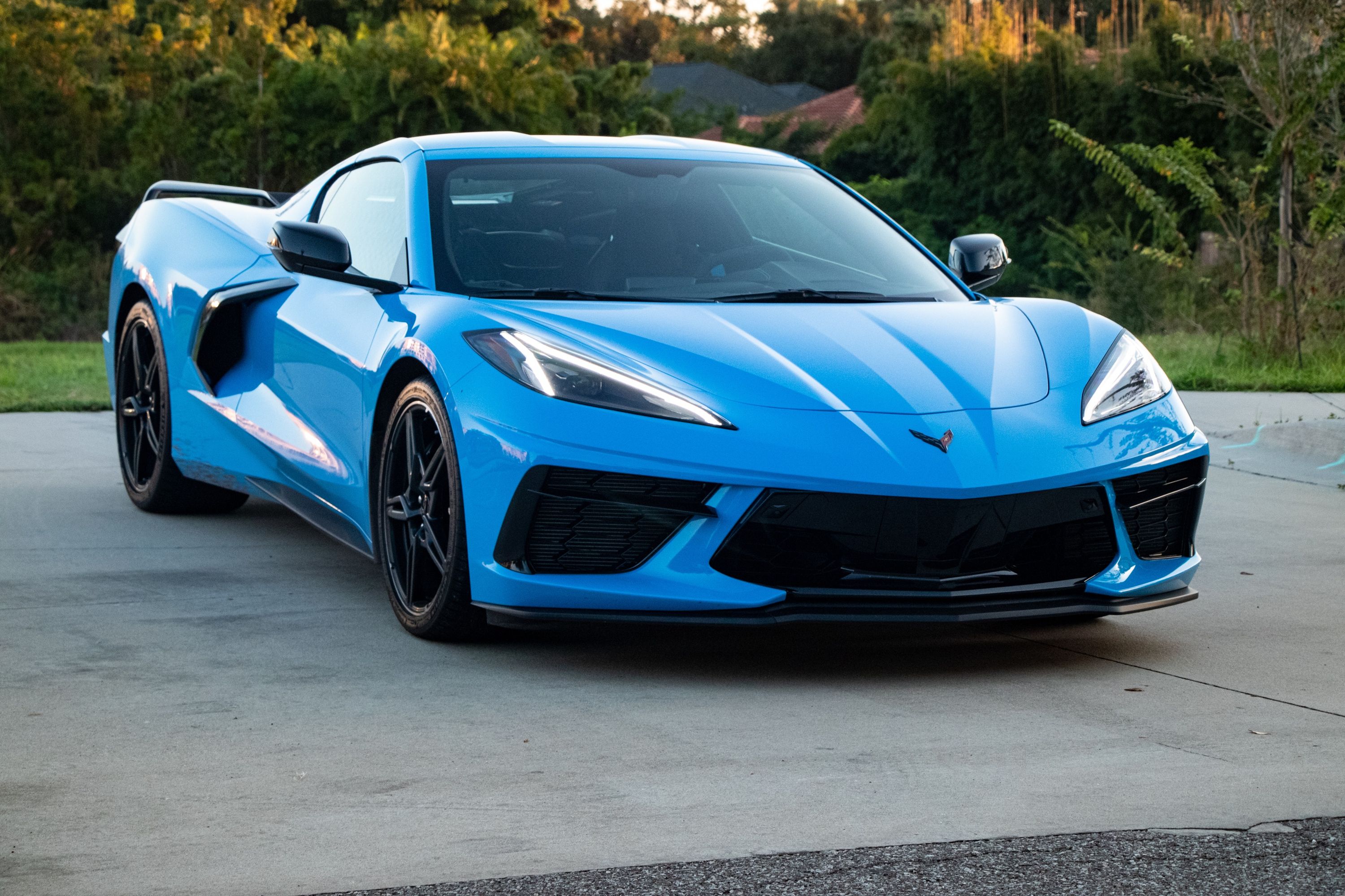
Few names in the GM tuner world are as big and recognizable as Lingenfelter Performance Engineering, the tuning house started more than four decades ago by NHRA driver John Lingenfelter. Among the company's repertoire of past high-performance tuner cars is, unsurprisingly, the Chevrolet Corvette, and Lingenfelter is thought to be hard at work on some big things for the newest C8-generation model.
To wit, Lingenfelter took to Facebook this week to tease an all-new creation: a C8 Corvette with a stunning yellow-and-black Continental livery. Little has been revealed about the car so far, except that it's been built special for Lingenfelter Performance Engineering's show rig, and will travel the country, heading from car show to car show, in the coming months.
Continental has been the official tire partner of Lingenfelter Performance Engineering since 2013, and in fact, the partnership spawned a similarly decked-out one-off based on the C7-generation Corvette Stingray, which drove in the 2016 Hot Rod Power Tour. That car, equipped from the factory with GM's humble 6.2L LT1 V8, was fiddled with by Lingenfelter to put out some 625 horsepower and 600 lb-ft of torque with some help from a Magnusson supercharger and a Borla exhaust.
Is Lingenfelter's new Continental Corvette packing something similar under its bodywork? We can't say, but it's worth noting that last month, the company posted a photo of a Magnuson 2650 supercharger with the caption "something is going to making some power here pretty soon," shortly after promising "some exciting C8 release news happening VERY SOON." It's also helpful to know that up to this point, Lingenfelter has only used the Continental livery on high-powered tuner cars.
Still, we have our reservations. The 2020+ Chevrolet Corvette's electrical architecture is said to be virtually unhackable, which has led to problems with other tuning firms trying to gain access to the ECU in order to tune for power adders like superchargers and turbos. Is it possible that Lingenfelter Performance Engineering might have cracked the code? Or could the company simply have turned to an off-the-shelf standalone engine management system to get around the factory ECU's pesky security measures?
We'll just have to wait to find out.
